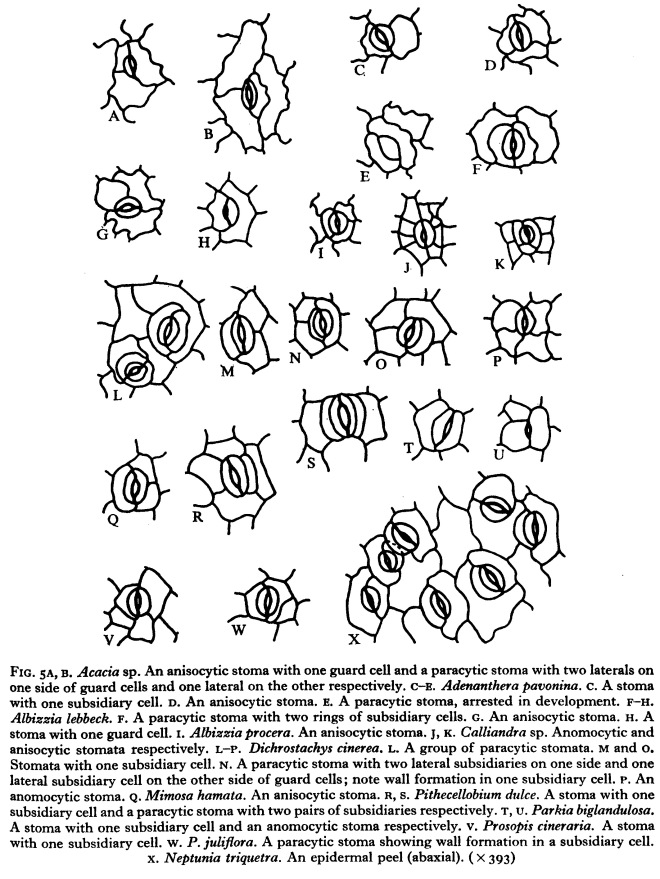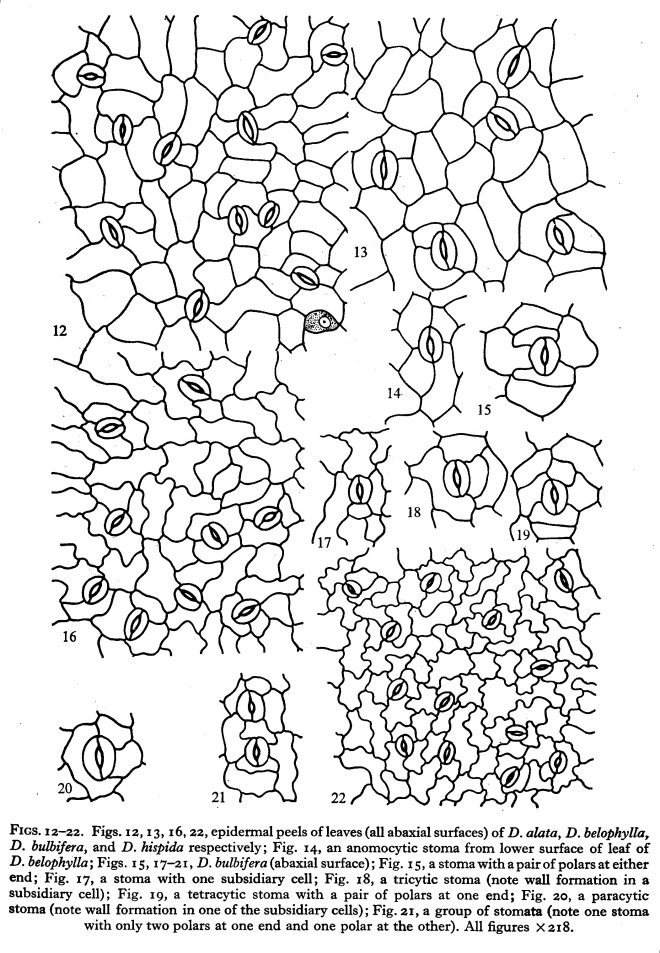Photo credit: Google
Cassiope_stellariana_15407.JPG
The taxonomic significance of certain anatomical variations on Ericaceae.THE ERICOIDEAE, CALLUNA AND CASSIOPE
by Watson L. (1964)
in J. Linn. Soc. (Bot.) 59: 111-125. –
Summary
A review of the classical treatment of Ericaceae reveals how unconvincing are the usual definitions of the major groupings Ericoideae and Arbutoideae.
However, a survey of stomatal structure, stomatal distribution and pith structure supports the taxonomic soundness of the main body of the Ericoideae, which are further characterized by their distinctive habit. Calluna is exceptional among Ericoideae in pith structure and stomatal distribution, and differs from the others in various aspects of gross morphology.
There is a striking similarity between Calluna and Cassiope, a genus usually placed in the Arbutoideae; and there is little doubt that the two are closely related.
These conclusions lead to speculation about the origin and development of the Ericoideae in the minds of taxonomists, and about the mechanism by which closely similar genera become separated at the level of sub-family.




 Photo credit:
Photo credit: 




















You must be logged in to post a comment.